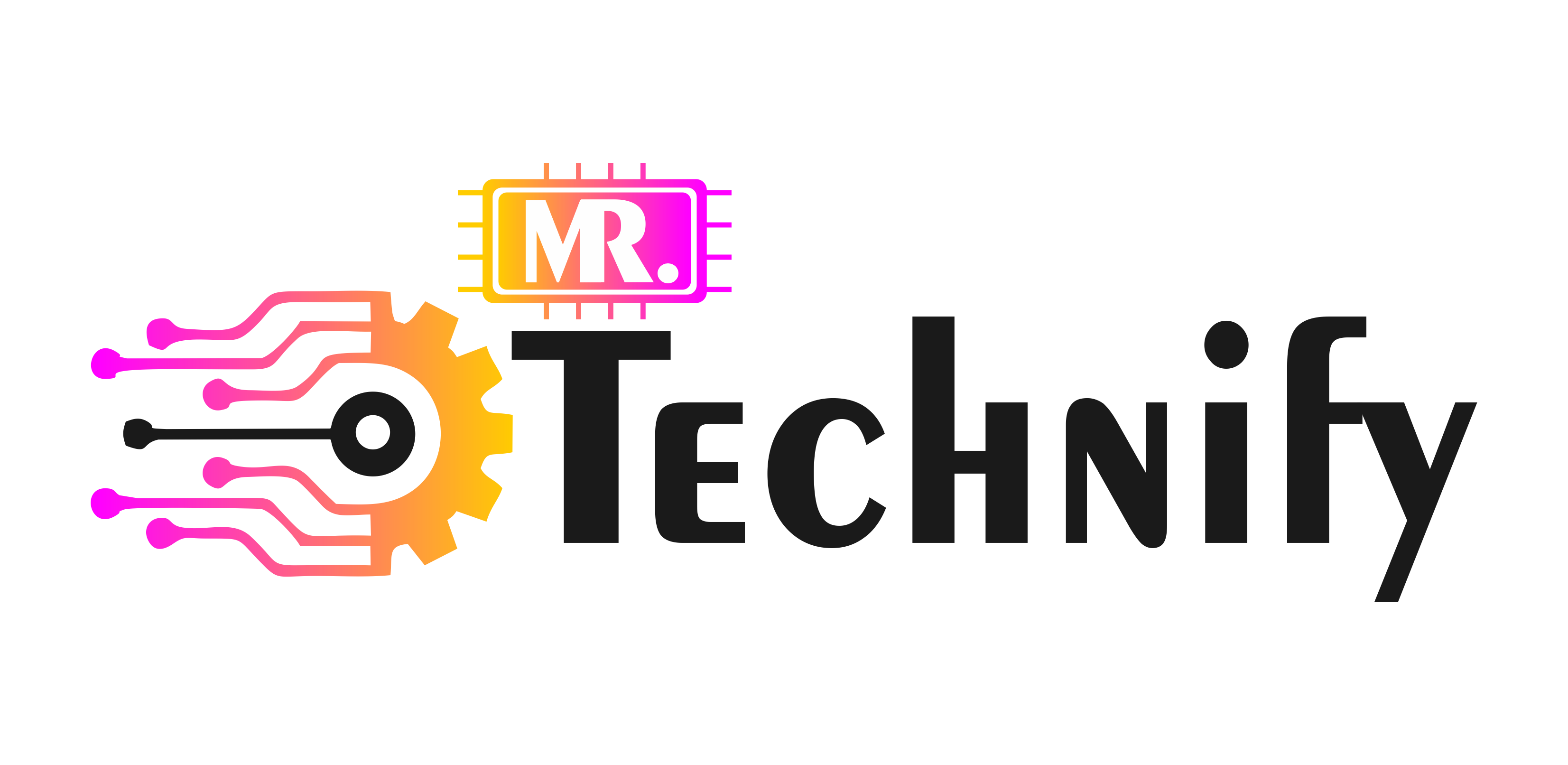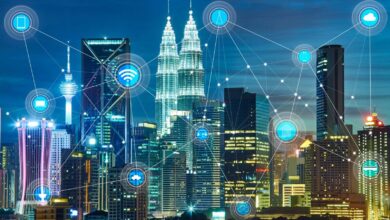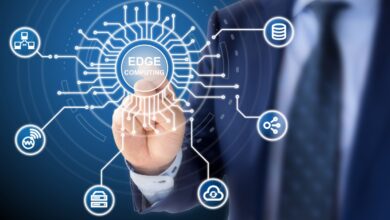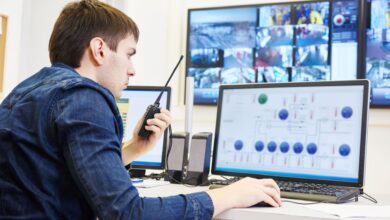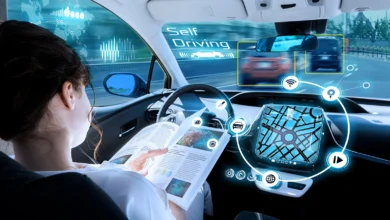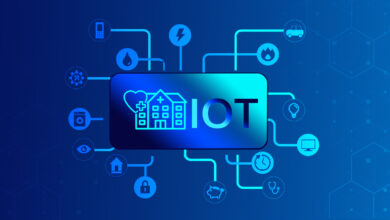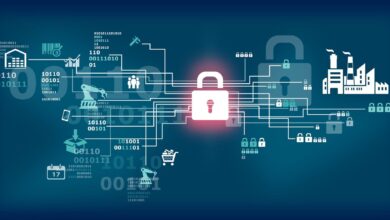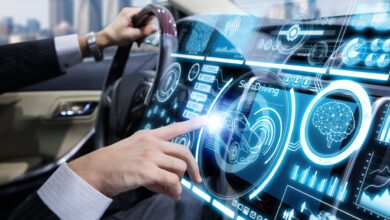Introduction to the Internet of Things
-
Definition and Basic Understanding
A network of physical objects that together form the Internet of Things devices that are interconnected and can exchange data with each other. These devices can be as ordinary as a refrigerator or a car. Still, when embedded with software, sensors, and connectivity, they transform into smart devices capable of collecting and analyzing data and making decisions. It’s like giving life to inanimate objects.
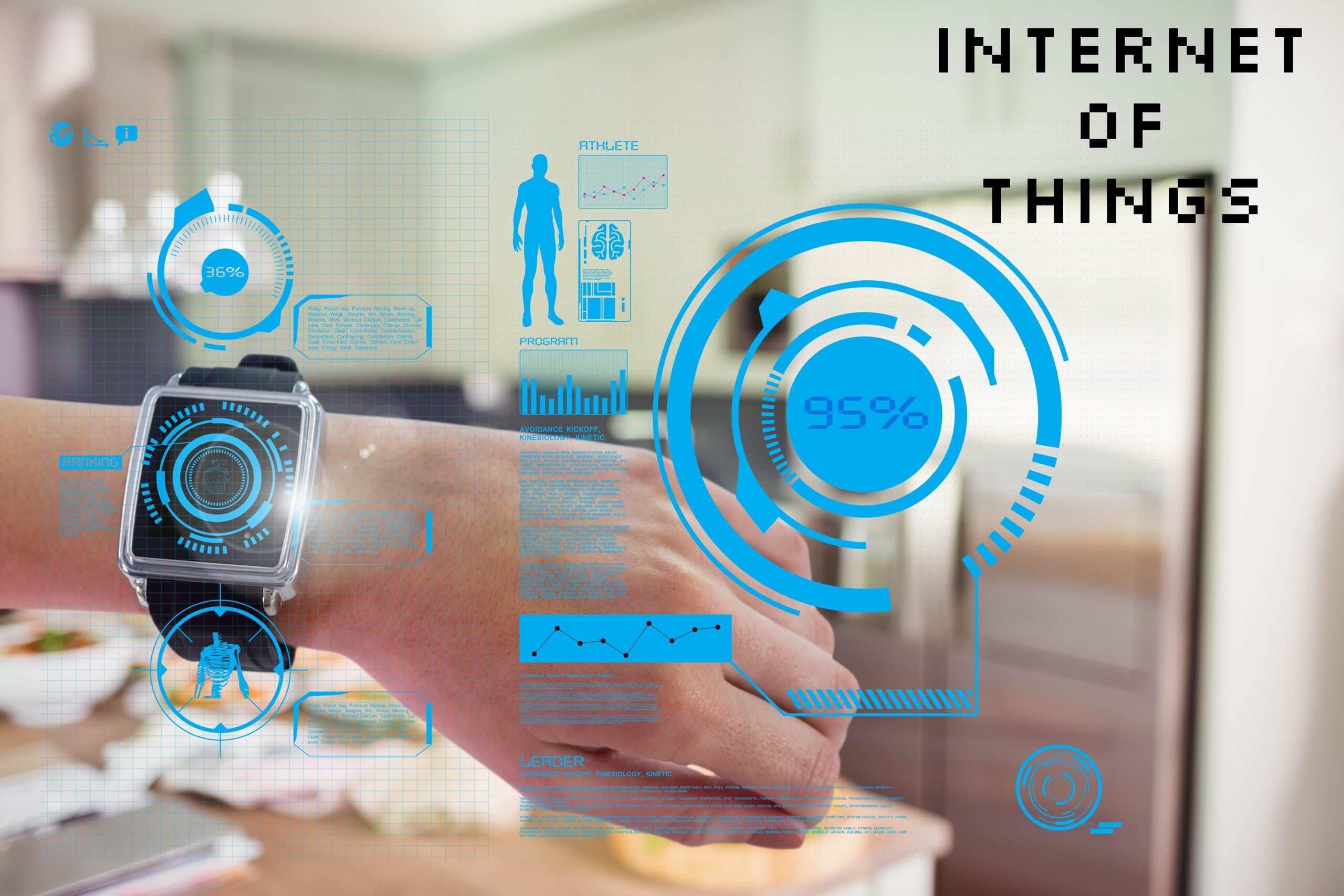
-
Evolution of IoT
The Internet of Things isn’t a novel concept. Have you ever heard of a toaster that you could control online? Well, such a toaster was developed as early as 1990! From then to now, we’ve made leaps and bounds in the IoT realm, with billions of devices worldwide making up this vast interconnected network.
Components of the Internet of Things
-
IoT Devices
IoT devices are available in various shapes and functions,
from your smart thermostat to autonomous farming machinery. These devices, embedded with sensors and software, gather the necessary data.
-
Connectivity
While the devices gather data, they must send it somewhere, right? That’s where connectivity comes into play, using Wi-Fi, Bluetooth, or even cellular networks.
-
Data Processing
The data collected needs to be interpreted to be helpful. Be it on the cloud or the device itself; data processing involves analyzing the data and making decisions based on it.
-
User Interface
The final step is presenting the processed data to the user. This could be through an alert on your smartphone or an automated action like your intelligent air conditioner adjusting the room temperature.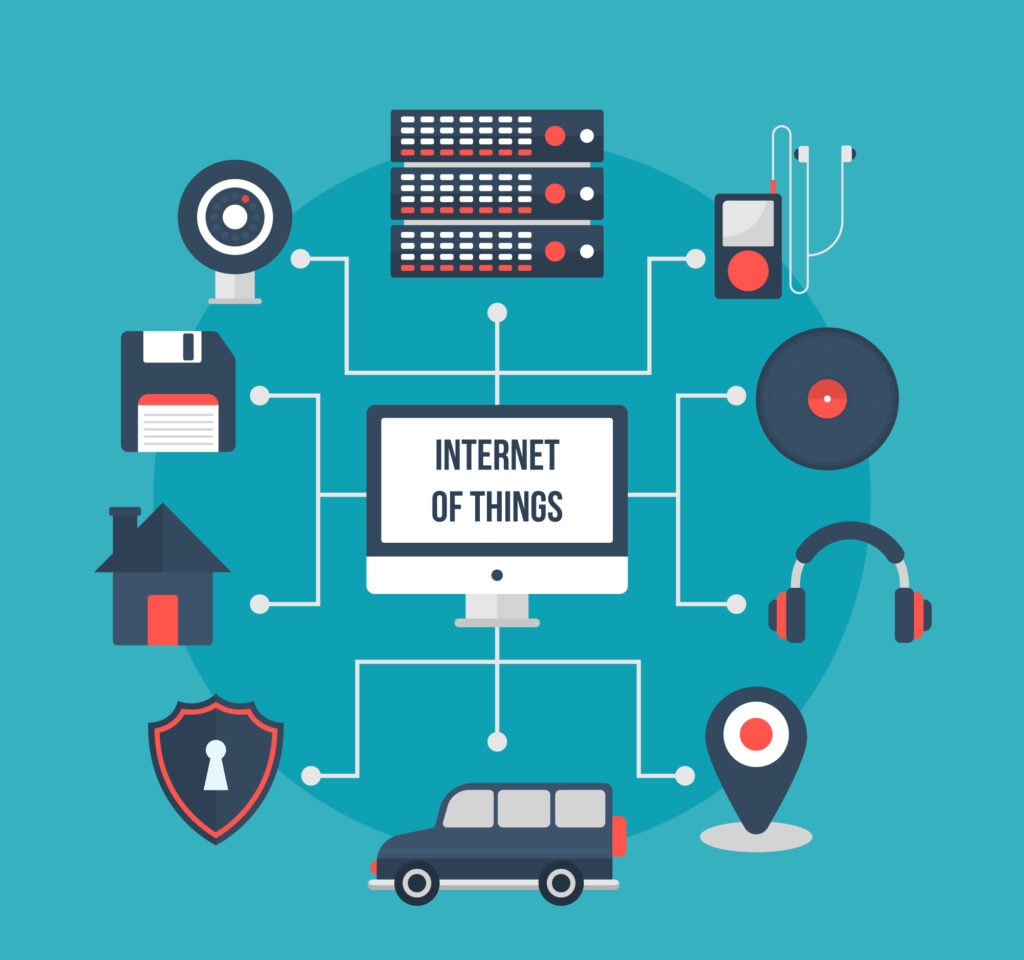
The Significance of the IoT
-
Role in Business and Industry
IoT is revolutionizing the business world, from streamlining manufacturing processes to predictive machinery maintenance. It enables real-time monitoring, enhancing efficiency and reducing operational costs.
-
Influence on Personal Life
Have you ever imagined that your alarm clock would provide the order for your coffee maker to start brewing when you woke up? Well, IoT makes that possible. Enhancing connectivity and automation is changing how we live and interact with technology.
Challenges and Issues in the Internet of Things
-
Interoperability and Standardization
Having common standards and maintaining seamless interoperability is a difficulty that has to be addressed in the IoT environment due to the vast diversity of devices.
Security and Privacy Concerns
With excellent connectivity comes great responsibility. Ensuring data privacy and device security is a prime concern in the IoT ecosystem.
Future Prospects of the IoT
-
IoT in Smart Cities
Imagine living in a city where the water supply and traffic lights are connected and optimized. Is it comparable to a scene from a science fiction film? With the idea of smart cities, IoT is making this a reality.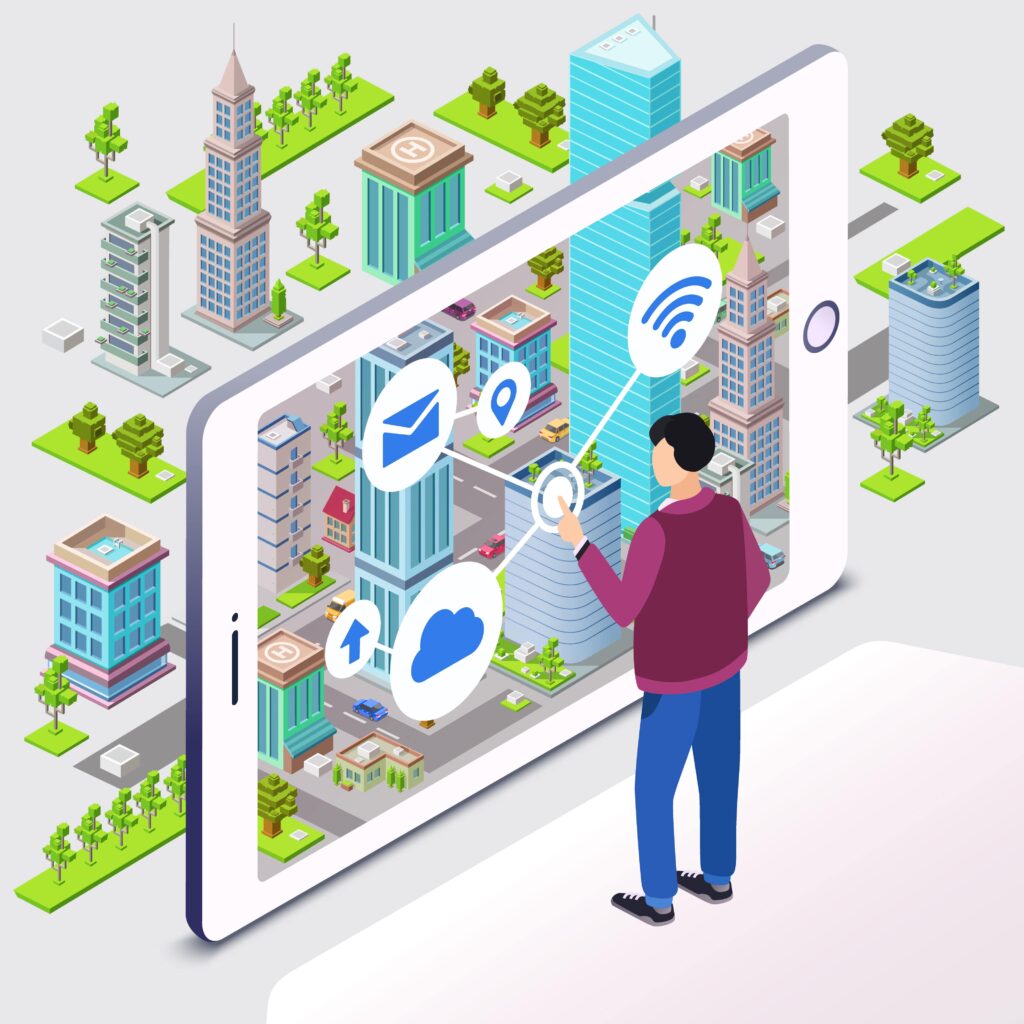
-
IoT in Healthcare
From wearables tracking your health parameters to smart pills administering medication, IoT is set to revolutionize the healthcare sector.
The Rise of IoT in Agriculture
Agriculture might seem old-school to some, but IoT applications like precision farming and intelligent greenhouses are transforming this sector, improving yield and sustainability.
Conclusion
The Internet of Things is vital to an interconnected future where technology and daily life merge seamlessly. Despite challenges, its vast potential and benefits ensure that IoT will remain a prominent force in our technologically driven world.
